Things are changing at Peugeot Australia and the first in a fresh suite of new models from the French brand is the third-generation Peugeot 3008 mid-sized SUV.
Bringing an all-new, almost coupe-like SUV design, plus a new-generation i-Cockpit curved infotainment array and more advanced STLA Medium underpinnings, this car was originally meant to launch in Australia with an electric powertrain as the E-3008, however, this is now expected to arrive later in 2025.
Peugeot Australia announced a pivot in strategy last year that included phasing out plug-in hybrids (PHEVs) and delaying electric vehicle (EV) launches, meaning the 3008 is now the first vehicle to feature the brand’s new 48V mild-hybrid (MHEV) engine.
Gone are the pure petrol and plug-in hybrid (PHEV) options of the previous-generation model, which will be replaced from launch by only the 1.2-litre turbocharged three-cylinder petrol MHEV powertrain, producing 100kW os power and 230Nm of torque.
This engine was revealed in 2022 and has been offered in other markets since 2023, in the previous-generation 3008 and 5008 SUVs, among others.
While the 3008 is the first vehicle to gain the new MHEV powertrain in Australia, it won’t be alone for long. It’s also set to feature in the 308 hatchback, 408 liftback, 2008 small SUV, and the new-generation 5008 large SUV.
Given this mid-sized SUV now has a new design, fresher tech, as well as a new 48V mild-hybrid engine, should it be near the top of your shopping list? Read along to find out.
How does the Peugeot 3008 compare?
View a detailed breakdown of the Peugeot 3008 against similarly sized vehicles.

Peugeot
3008
How much does the Peugeot 3008 cost?
It’s not cheap, but compared to the previous-generation non-electrified 3008, the asking price has only risen incrementally.
Our top-spec 3008 GT Premium Hybrid as tested, however, is priced from over $70,000 drive-away in Victoria. That’s not quite as expensive as the $80k-plus previous-gen 3008 PHEV, but still… Yeesh.
Obviously, this mid-sized SUV is far pricier than mainstream rivals like the top-selling Toyota RAV4 and even the European-flavoured Volkswagen Tiguan at base level, but it’s still much cheaper than more premium, swoopy options like the Audi Q5 Sportback and BMW X4, and it’s surprisingly affordable compared to smaller SUVs like the Audi Q3 and especially the BMW X2 – plus you don’t need to tick multiple option packs to get all the features.
| Model | Price before on-road costs |
|---|---|
| 2025 Peugeot 3008 Allure Hybrid | $52,990 |
| 2025 Peugeot 3008 GT Premium Hybrid | $64,990 |
To see how the Peugeot 3008 lines up against the competition, check out our comparison tool
What is the Peugeot 3008 like on the inside?
Put bluntly, this cabin is a beauty to behold, especially at night time.
Walking up to the car, there’s no need to fish your key out of your pocket, or even press a button on the door handle. It has proximity unlocking, and also proximity locking which unlocks or locks the car as you walk up or away.
This is a handy feature, though the car plays an annoying chime when it locks. It’s loud enough that people sometimes crane their neck to see where the sound is coming from. I’d prefer a quieter noise or no noise at all, but I guess you can’t have everything.
Like many higher-riding crossovers, the 3008 is an easy car to get into. You step across into the cabin, rather than hopping up or bobbing down. It makes sense why people with limited mobility like these kinds of cars.
Once you’re in, there are beautiful Nappa leather-trimmed seats that are among my favourites to date in a mainstream car, mostly because the front seats offer so much adjustment and features.
They both have 10 ways of electric adjustment, plus generous electric lumbar support, an extendable seat cushion, and electrically adjustable side bolstering. This means the seats can fit people of many different sizes and statures.
While there’s plenty of space for drivers with longer legs to stretch out, the front passenger area is more confined.
Other features the front seats offer include heating and ventilation, the latter of which was really helpful in the sweltering Melbourne heat. There’s also a massage function that came in handy after my back started to get sore.
It’s cool to have these seat-related functions, but it’s frustrating that you need to use the touchscreen to turn them on and off. I’m all for a minimal cabin design, but you can’t beat functional physical buttons and switches.
Ahead of the driver is a classic Peugeot feature: a small, dinner plate-sized steering wheel. It’s so cute and I love how it chunky it feels in the hand. The leather wrapping also feels buttery soft.
While I don’t love the piano black panels on each of the steering wheel spokes, I do appreciate all the buttons are physical and not touch-sensitive like other carmakers are doing. The buttons have a clicky action when pressed, and they’re also logically placed.
Another thing about the steering wheel I like is there’s plenty of tilt and reach adjustment, meaning many people with any length arms or legs will be able to find a perfect position. In fact, this is one of the first Peugeots I’ve driven where I can position the steering wheel in a way where I can actually see this instrument cluster.
Behind the steering wheel is the centrepiece of the cabin. There’s a floating 21-inch curved display that houses the digital instrument cluster and touchscreen infotainment system.
It’s mounted on top of the dashboard in a way that doesn’t take your eyes too far from the road. The way it also wraps around the cabin promotes a cockpit-type feel, which is definitely what Peugeot is going for with its ‘i-Cockpit’ layout.
Both the screens are high-resolution and appear to have enough processing power, which means new pages load quickly. But when the car first boots up, it can occasionally lag for a second at start-up, especially when it’s hot.
The digital instrument cluster in particular has so much configurability. There are multiple different pages you can cycle through and customise to your heart’s content with multiple widgets. I personally liked to have the hybrid system readout and trip meter on display.
You can even display mapping on the digital instrument cluster, like a number of tech benchmarks. With Apple CarPlay connected Apple Maps displays on the screen, and with Android Auto connected Google Maps are displayed.
Unlike many cars with curved displays, there’s no physical join, seam or bezel between the two different displays. Instead, they blend into each other seamlessly. It’s worth noting, however, that the digital instrument cluster doesn’t have touchscreen functionality.
The touchscreen infotainment system does have a lot going on with different menus, home pages and the like, but it’s never too hard to navigate. This is largely thanks to the small touchscreen under the curved display, which can be configured with a range of shortcut buttons.
Disappointingly, the climate controls are integrated into the touchscreen, which is frustrating if you’re on the move and want to change the fan speed or temperature. Thankfully for many, it’ll likely be a set-and-forget thing when you first hop in.
Sure there are some physical shortcut buttons on the centre stack, but I often forgot they were there. The one that got the most use was the rear defogger because there’s no rear wiper to clear water.
In terms of smartphone mirroring, there’s both wired and wireless forms of Apple CarPlay and Android Auto. With my iPhone 15 Pro Max connected wirelessly I didn’t experience any dropouts, which is surprising given there are many known interference points during my typical trip into the office.
There’s also a wireless phone charger at the base on the centre stack, but it barely charged my phone. It’s also strangely askew to the rest of the cabin. I appreciate the different angles as it creates an interesting design, but it’s a hassle to place your phone in nicely.
I know I’ve already mentioned it, but this cabin is so beautiful and visually appealing. It’s unlike any other mainstream mid-sized SUV on the market at this price point. The configurable interior ambient lighting in particular looks phenomenal on the textured segments of the dashboard at night.
Then there’s also the textile dashboard and centre console inserts. They’ll likely polarise prospective buyers, but they do break up the monotony of varied plastics and metals.
It’s surprising how many soft-touch finishes there are up front. The armrests in particular are some of the softest and plushest I’ve ever experienced.
Something I don’t love about the cabin, however, is the liberal use of piano black surfaces across the dashboard and centre console. It looks cool for a brief second when the car is brand-new, but it gets dusty quickly, grimy from fingerprints, and then scratches easily when wiped clean.
Despite looking cool, the 3008’s interior design isn’t always entirely functional. Take the gear selector for example. It’s mounted on the dashboard next to the steering wheel, which makes sense from a ergonomic standpoint, but the electric park brake is far away on the centre console. It would make more sense to group these together given how often they’re used.
Up front there’s a surprising amount of storage space. These include good-sized cupholders with teeth to secure drinks, a storage cubby with a lid that houses two USB-C ports and a 12V socket, and a big centre console box with ventilation. The only letdown is the tiny glovebox, which is likely a tradeoff in right-hand drive versions of this model.
Moving to the second row, it isn’t the largest space in its segment. There’s no noticeable step down in quality, but for a mid-sized SUV it’s on the smaller side. This is something to keep in mind if you frequently have more than two people in the car.
At a leggy 182cm, I had to splay my legs on either side of the seat in front, which isn’t a common occurrence in mid-sized SUVs. Headroom, however, is surprisingly good given the sleek 3008’s swoopy coupe-like roof profile.
In the second row there’s enough space for two people, though pushing it to three would likely make things too squishy.
In terms of second-row amenities, there are heated outboard seats, air vents on the back of the centre console, two USB-C ports, a fold-down armrest with cupholders and a phone slot, as well as other small storage nooks.
Around the back there’s a power tailgate that opens quickly and quietly. There’s even a hands-free function via which you can kick your leg under the bumper to open the tailgate. This is handy if you’ve got your hands full with groceries, prams or small children.
Once the boot is open there’s a decent amount of space given the plunging rear roofline. Peugeot claims there’s 520 litres of cargo space with the rear seats upright, expanding to 1480 litres with them folded.
There’s a dual-tier boot floor which allows you to either maximise storage space or raise the boot floor so it’s level with the rear seats when they’re folded.
Speaking of folding the rear seats, this can be done in a 40:20:40 configuration, meaning the middle seat can fold down independently. This is handy if you’ve got four passengers and still need to carry a long item in the boot.
Boot-related amenities are slim, but there’s a light and a range of different hooks. There’s also a 12V socket in the boot.
Disappointingly, there’s no spare wheel under the boot floor, which isn’t surprising given the 48V battery pack is located under the boot floor – where a spare tyre would usually go. Instead, there’s a tyre repair kit, which is nowhere near as handy if you frequently travel in rural areas away from tyre repair shops.
| Dimensions | Peugeot 3008 Hybrid |
|---|---|
| Length | 4542mm |
| Width | 1934mm |
| Height | 1665mm |
| Wheelbase | 2730mm |
| Cargo capacity | 520L (5 seats) 1480L (2 seats) |
To see how the Peugeot 3008 lines up against the competition, check out our comparison tool
What’s under the bonnet?
While Peugeot claims this car has a hybrid powertrain, in reality it’s a 48V mild-hybrid. This new 1.2-litre three-cylinder MHEV drivetrain will soon power the power the majority of the Peugeot range in Australia.
| Specifications | Peugeot 3008 GT Premium Hybrid |
|---|---|
| Engine | 1.2L 3cyl turbo-petrol 48V MHEV |
| Electric motor power | 15.6kW |
| Electric motor torque | 51Nm |
| Total system power | 100kW @ 5500rpm |
| Total system torque | 230Nm @ 1750rpm |
| Battery | 0.876kWh li-ion |
| Transmission | 6-speed DCT |
| Drive type | FWD |
| Weight (tare) | 1540kg |
| Fuel economy (claimed) | 4.9L/100km |
| Fuel economy (as tested) | 6.2L/100km (450km) |
| Fuel tank capacity | 55L |
| Fuel requirement | 95-octane premium unleaded petrol |
| CO2 emissions | 111g/km |
| Braked tow capacity | 1200kg |
While our observed fuel consumption figure was higher than the claim, this included some highway driving, and also driving on really hot days when the engine refused to switch off as often, if at all.
The best fuel consumption figure we saw during our week of testing was 4.3L/100km, which was during a regular morning commute into the office from my home. So depending on how and where you drive, you could see closer to the claim without hypermiling.
To see how the Peugeot 3008 lines up against the competition, check out our comparison tool
How does the Peugeot 3008 drive?
Pressing the start button ignites the small-capacity turbo triple only for a brief moment. It has a thrummy, off-beat sound that’s cute, different from most of its four-cylinder rivals and a little addictive.
After running for long enough to top up the tiny battery pack, the engine then switches off and will stay off unless you call upon extra power, or the climate control has to work harder.
This car will happily drive around on EV power, and even accelerate with light throttle applications. It’s also possible to drive this car in built-up areas and not have the engine fire at all, especially if the roads are flat.
This powertrain is the most electric-heavy 48V mild-hybrid I’ve ever driven. It’s even more so than the Mazda CX-60, which turns its engine off frequently, even if that’s sometimes to its own detriment.
In fact, during my typical everyday commuting to and from the office, which is about a 20km journey, more than 10km was often covered using EV power alone, according to the car’s instrument panel. This means that for over 50 per cent of my inner-city journeys I wasn’t using any fuel whatsoever.
The 15.6kW/51Nm electric motor is integrated into the six-speed dual-clutch transmission, which means that even in EV mode you can feel the car changing through the gears. It’s a little unsettling at first, but after a while you get used to the sensation.
Unlike other dual-clutch autos, this one isn’t the snappiest out there. Gear shifts can sometimes be leisurely, especially between first and second gear, and the drop in momentum can often be enough for the engine to kick in to continue acceleration.
Speaking of acceleration, what this mild-hybrid powertrain is capable of is nothing more than decent. The petrol engine will typically fire up straight away if you accelerate harder from a standstill, or on a hill, when the electric motor helps reduce the load on the engine.
This car can keep up with the traffic away from the lights, but it struggles to get ahead without revving out the poor little three-cylinder. It makes some fruity noises, but you can tell it prefers to be driven with more docile throttle inputs.
There are ‘Eco’, ‘Normal’ and ‘Sport’ drive modes, and they do as they suggest: either dull or heighten the throttle response. For the majority of my testing I stuck with Normal as it felt the most natural.
Adding to the overly electric nature of this car, slowing down is almost EV-like because the regenerative braking is strong. In fact, it’s almost one-pedal driving-like.
The car is capable of slowing down itself to around 20km/h when you let off the throttle completely but after that, to come to a complete stop, you need to press the brake pedal. This can create a disjointed feeling because the transition from regen braking to physical friction braking isn’t always seamless.
Adding to this, the petrol engine typically switches off when slowing down and you can hear the electric motor flicking back through gears. It’s a cool sound that lets you know the car is recuperating energy when you slow down.
Despite being able to hear some electric motor whine on the odd occasion, the 3008’s cabin is immensely quiet and insulated. The acoustic and laminated windscreen and front windows do a really good job at suppressing outside noises.
The suspension also does a fantastic job of soaking up and rounding off virtually all urban road imperfections. This makes the ride supple and comfortable for all passengers.
Despite being lounge-like, this car still feels light and nimble on city streets. It’s surprisingly chuckable. A major factor in this is likely the dinner plate-sized steering wheel, in addition to the light yet direct steering feel.
On the parking front there are front and rear parking sensors, which is typical. There’s also a proper 360-degree surround-view camera, which is refreshing to see as Peugeots typically have camera systems that stitch the rear camera together when you reverse.
Getting out on the open road, you can tell this mild-hybrid powertrain is more at home in the city, but it’s still capable of highway and freeway driving at 100-110km/h without much fuss at all.
Above 60km/h the engine stays on pretty much constantly, unless you’re coasting downhill, because the electric motor isn’t powerful enough to continue the momentum.
Thankfully the electric motor is still active and helps with acceleration so the three-cylinder engine doesn’t struggle so much. You do eventually run out of puff, but at that point you’re close to the posted speed limit anyway so it’s not a big issue.
At higher speeds the regenerative braking helps you maintain speed on downhill sections so you don’t need to use the brakes so often. This is handy because you recuperate energy to then use it again when powering up hills.
Although the car felt quiet around town at low speeds, it goes to another level on the highway. I haven’t driven a mainstream car that’s this quiet in a long time. There’s barely any road or tyre noise, which is rare in European cars with low-profile tyres.
The steering thankfully firms up at higher speeds, which makes the car feel more substantial, but it still feels dynamic in the bends. It pairs well with the compliant suspension, which makes the car feel tied down and limits the body roll that’s inevitable in higher-riding crossover wagons.
It seems the French still know how to make a car feel both nimble and smaller than it is in the city, yet planted and dynamic out on the open road.
On the safety front, the adaptive cruise control is great. It keeps an adequate distance between the car ahead and doesn’t freak out when a car cuts in front of you. The lane-keep assist system also does what it should and isn’t overly intrusive.
This top-spec vehicle also gains a lane centring function which pairs with the adaptive cruise control. It takes more direct control of the steering inputs, but never too much, which is handy on long-distance freeway journeys.
Lastly, this car has bright LED headlights which perform a fun animation upon unlocking and locking. There’s also an adaptive high-beam function that dips certain parts of the high-beam when it detects lights up ahead.
This is handy if you’re travelling in low-light areas and want to keep your high-beams on as much as possible.
To see how the Peugeot 3008 lines up against the competition, check out our comparison tool
What do you get?
Peugeot has said there are three trim levels of the 3008 Hybrid coming, though for now only the entry-level Allure and top-spec GT Premium are available. The mid-spec GT is still “coming soon”.
Peugeot 3008 Allure Hybrid:
- 19-inch alloy wheels
- Tyre repair kit
- Heated, power-folding side mirrors
- Puddle lights
- Acoustic windscreen
- Privacy glass
- Automatic LED headlights
- LED tail-lights
- Rain-sensing wipers
- 21-inch curved display
- Digital instrument cluster
- Touchscreen infotainment system
- Connected satellite navigation
- AM, FAB, DAB+ digital radio
- Wireless Apple CarPlay and Android Auto
- Wireless charger
- 4x USB-C ports
- 6-speaker sound system
- Keyless entry and push-button start
- Proximity locking and unlocking
- Dual-zone climate control
- Auto-dimming rear-view mirror
- LED interior lighting
- Paddle shifters
- Leather-wrapped steering wheel
- Leather and fabric combination upholstery
- Manual front seat adjustment
3008 GT Premium Hybrid adds:
- ‘Pixel’ LED headlights
- Hands-free power tailgate
- Acoustic and laminated front windows
- Diamond Black contrast roof
- Diamond Black rear spoiler
- Panoramic glass sunroof
- LED tail lights with ‘Claw Effect’
- Focal 10-speaker premium sound system
- Cabin air quality management system
- Extended interior ambient lighting
- Touch-sensitive LED interior lighting
- Full grain leather-wrapped steering wheel
- Leather-effect centre console
- Rear armrest with ski flap
- Nappa leather upholstery
- 10-way electric front seat adjustment
- Driver’s seat memory
- Front seat extendable seat cushions
- Heated and ventilated front seats
- Massaging front seats
- Heated outboard rear seats
- Lane centring
To see how the Peugeot 3008 lines up against the competition, check out our comparison tool
Is the Peugeot 3008 safe?
The new-generation Peugeot 3008 hasn’t been crash tested by ANCAP or Euro NCAP yet.
Standard safety equipment includes:
- Autonomous Emergency Braking (AEB)
- Low-light pedestrian, cyclist detection
- Forward collision warning
- Multi-collision braking
- Automatic post-collision braking system
- Anti-Slip Regulation
- Blind-spot monitor
- Rear cross-traffic alert
- Adaptive cruise control with stop and go
- Lane departure warning
- incl. unmarked road edge detection
- Lane-keep assist
- Driver attention monitor
- Traffic sign recognition
- Front and rear parking sensors
- Surround-view camera
GT Premium adds:
To see how the Peugeot 3008 lines up against the competition, check out our comparison tool
How much does the Peugeot 3008 cost to run?
Peugeot Australia backs its cars with a five-year, unlimited-kilometre warranty.
| Servicing and Warranty | Peugeot 3008 Hybrid |
|---|---|
| Warranty | 5 years, unlimited kilometres |
| Roadside assistance | 5 years |
| Service intervals | 12 months or 25,000 kilometres |
| Capped-price servicing | Up to 5 years |
| Total capped-price service cost | $1890 – 5-year Service Plan |
To see how the Peugeot 3008 lines up against the competition, check out our comparison tool
CarExpert’s Take on the Peugeot 3008
Peugeot vehicles have been left-of-centre for years now, and this trend continues with the quirky yet visually stunning 3008 mid-sized SUV.
It likely won’t tickle everyone’s fancy, but I’m a huge fan of this car’s angular exterior design, especially at night time when you can experience the unique lighting signatures.
The interior also features so many different textures and angles. Plus the technology looks and feels high-end, even if some elements aren’t overly ergonomic.
I look forward to this new 48V mild-hybrid engine proliferating throughout the Peugeot range because in this car it’s fantastic and has plenty of character. In daily use, it’s one of the most electric-heavy mild-hybrid powertrains I’ve driven and it’s very fuel-efficient as a result.
In fact, in some instances this car was more fuel-efficient than the Toyota RAV4 Hybrid, which says a lot about how advanced this car’s powertrain technology is.
But it’ll be interesting to see how punchy this engine is in larger cars, because even in this mid-sized SUV acceleration can sometimes feel adequate at best.
One of the largest catches, however, is the price. Sure, it’s technically only a little more expensive than the previous-generation non-mild-hybrid model it replaces, but this SUV is still considerably more expensive than mainstream rivals like the RAV4 and Volkswagen Tiguan, especially in top-spec guise as tested here.
But it’s still cheaper than premium-brand rivals like the Q5 Sportback and BMW X4, and also more affordable than smaller luxury SUV ‘coupes’ like the Q2 and X2.
Ultimately, it all depends how you look at this car. From a mainstream vehicle point of view, it’s insanely plush yet expensive, but from a premium vehicle perspective it’s very competitively priced and comes packed full of standard equipment.
Value for money aside, I didn’t want to give this car back after our week of testing. It is that good.
Interested in buying a Peugeot 3008? Get in touch with one of CarExpert’s trusted dealers here
Click the images for the full gallery
MORE: Everything Peugeot 3008


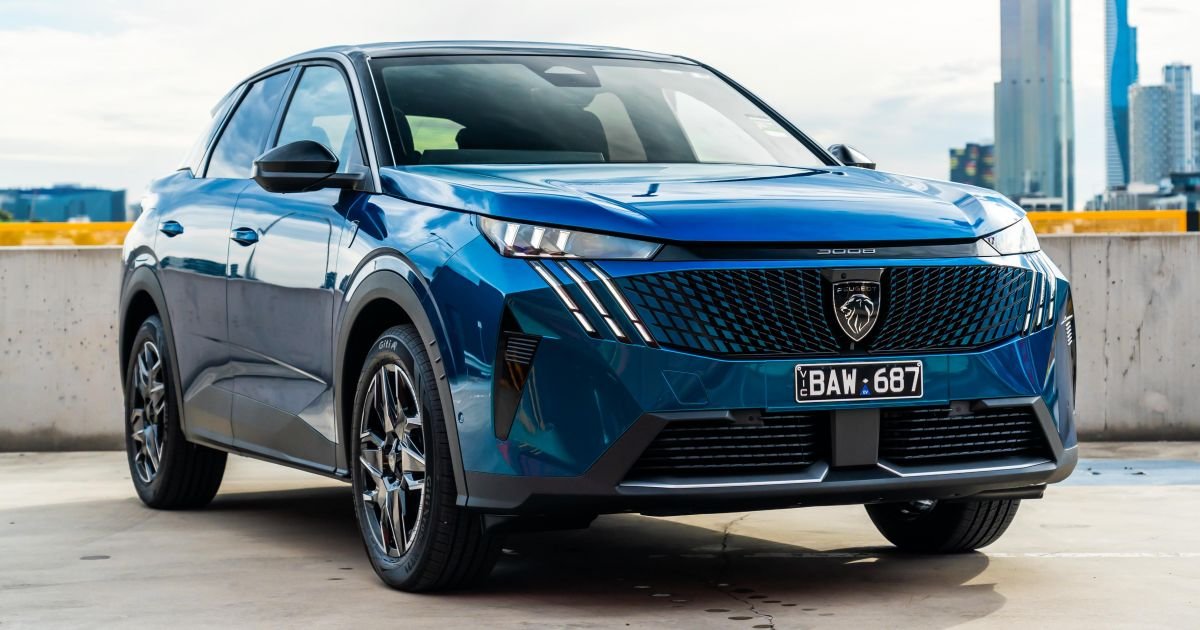

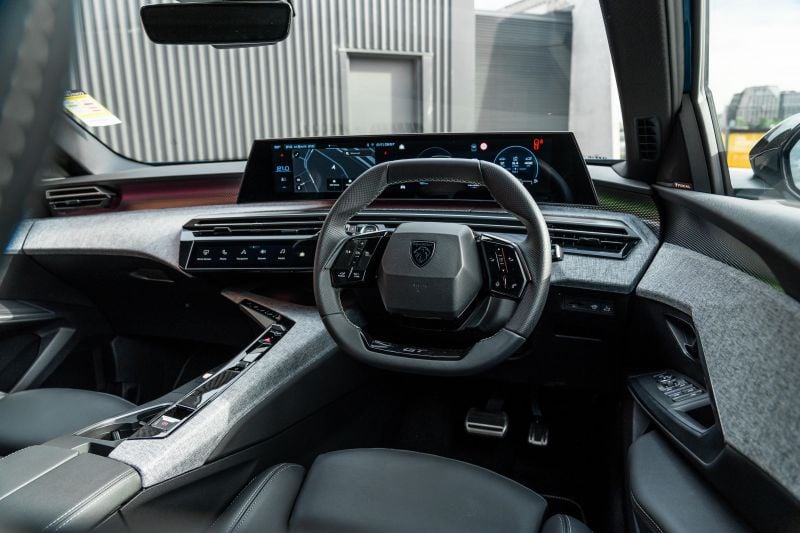
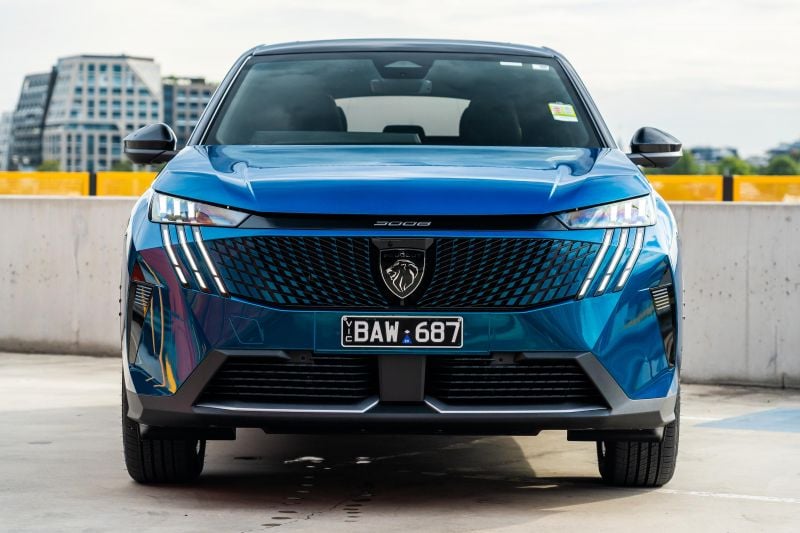
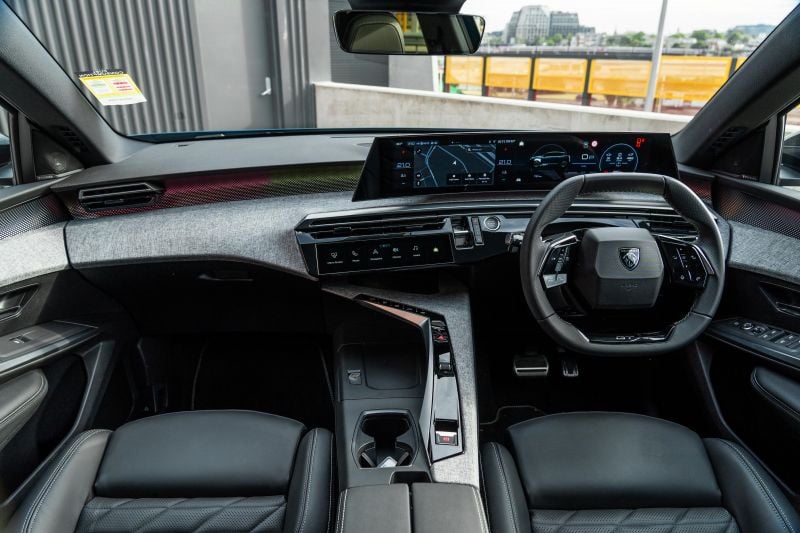
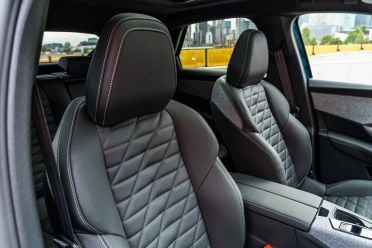
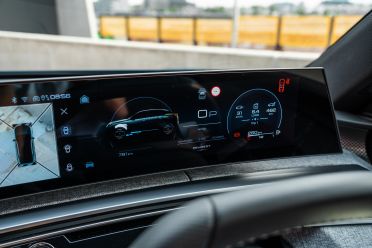
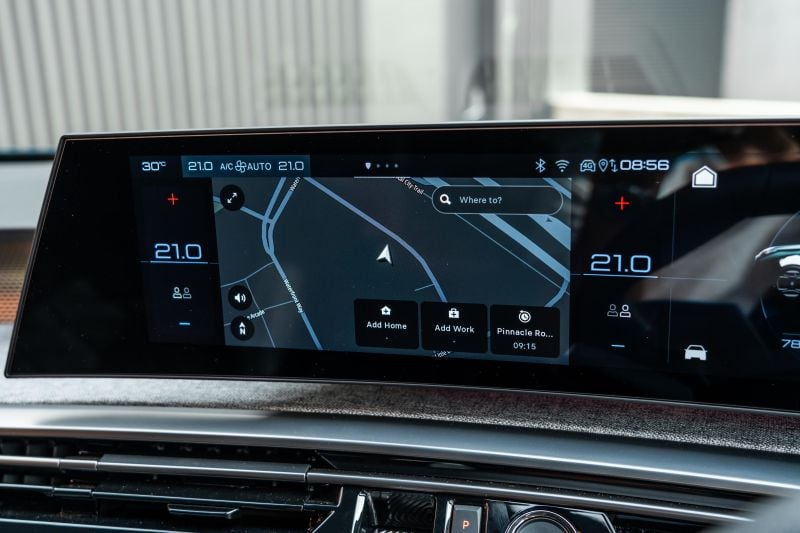
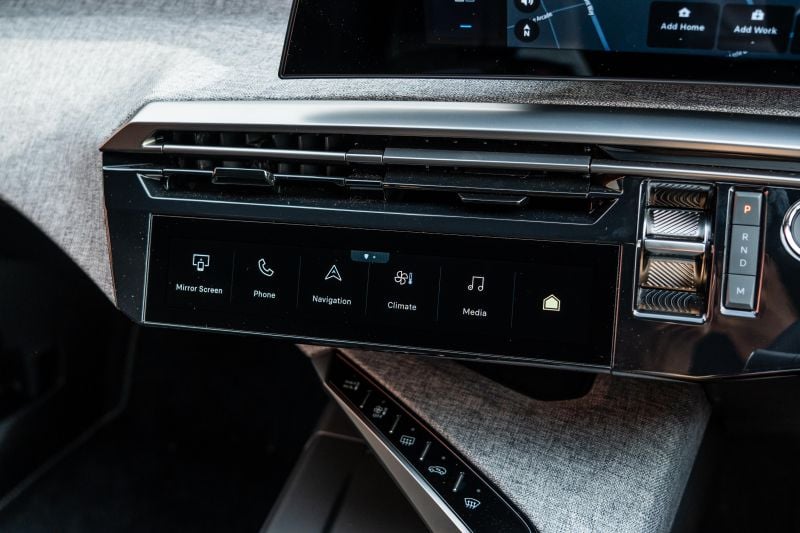
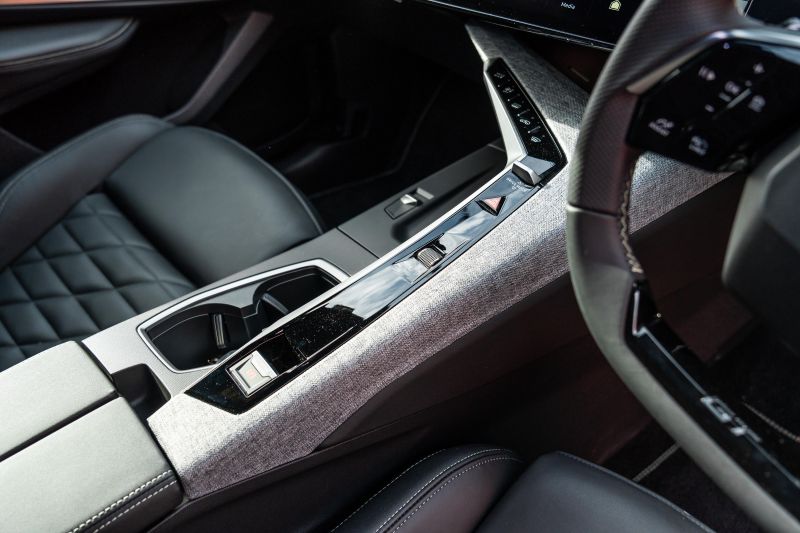
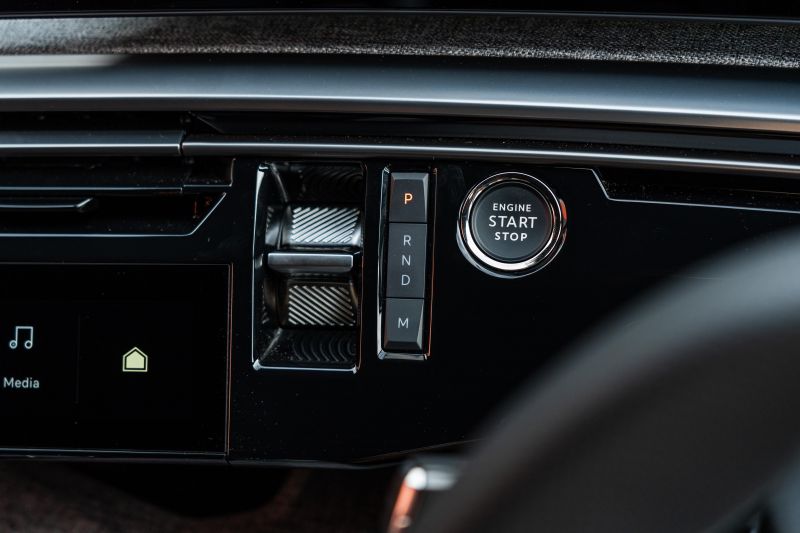
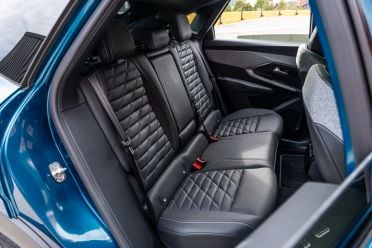
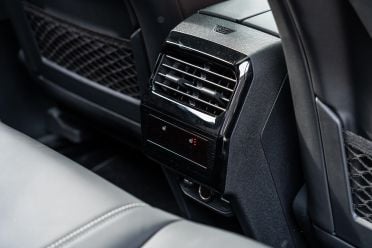
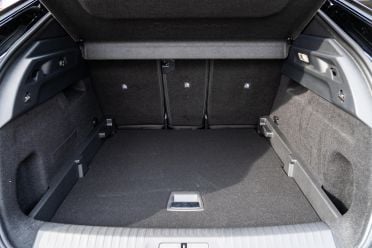
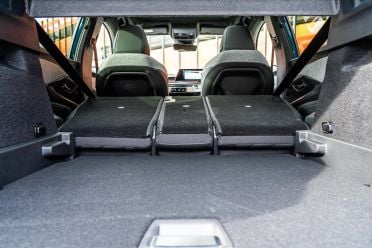
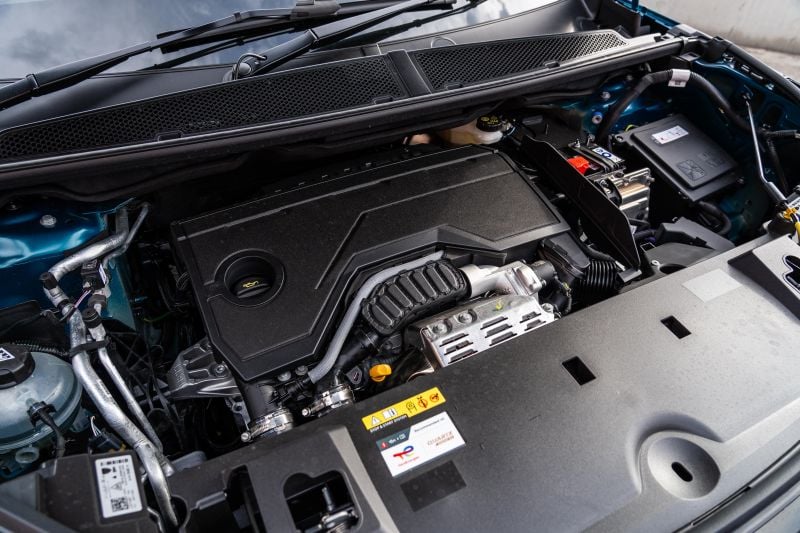
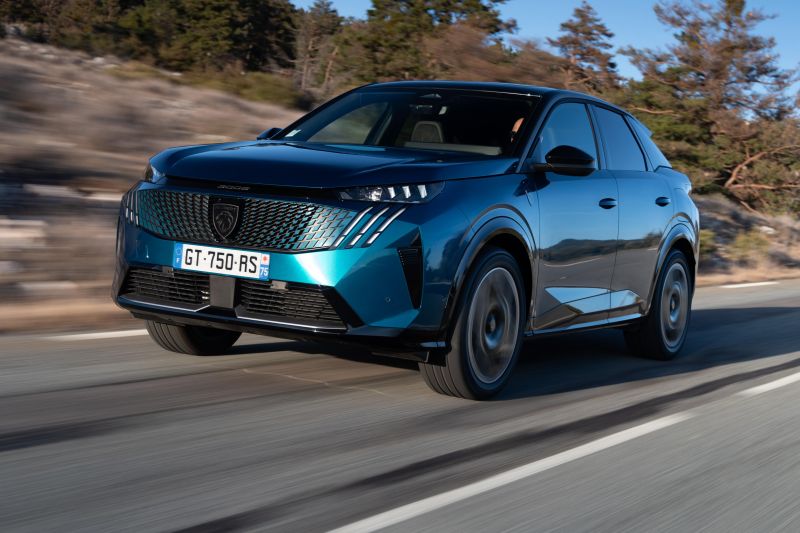
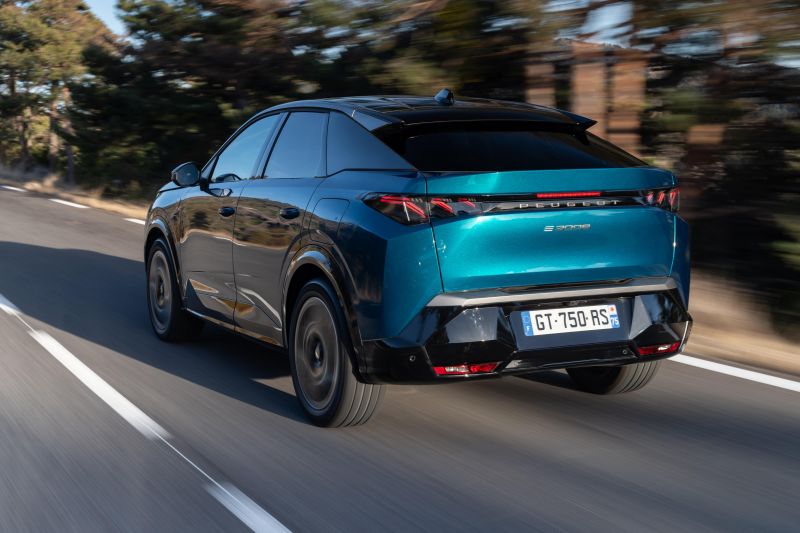
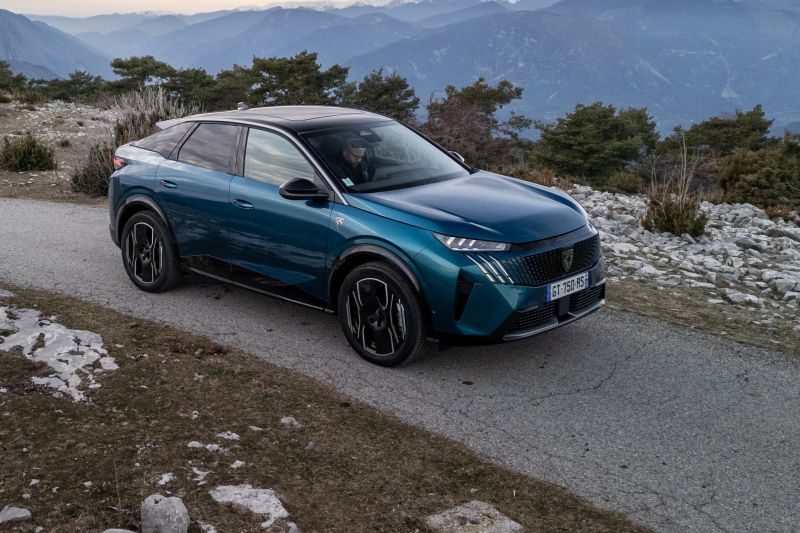
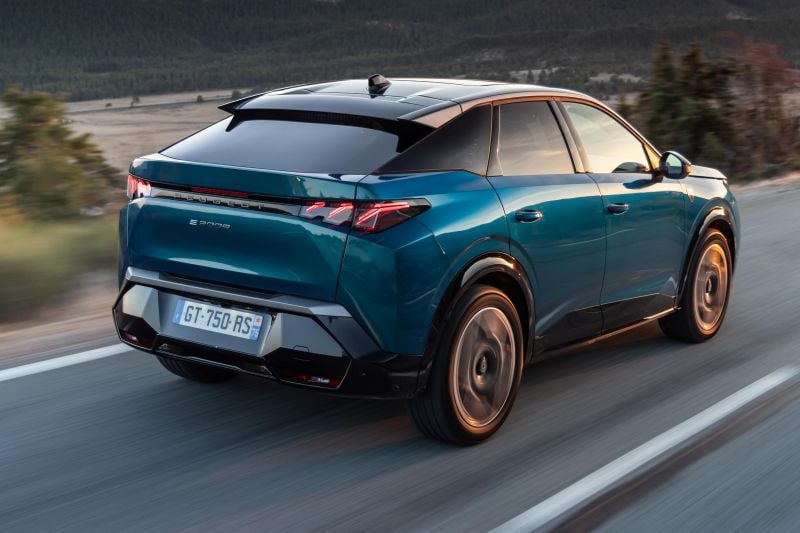
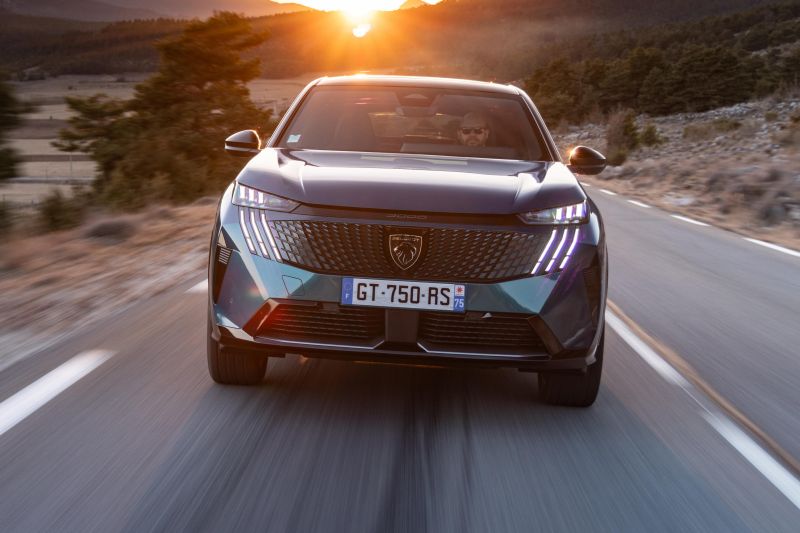
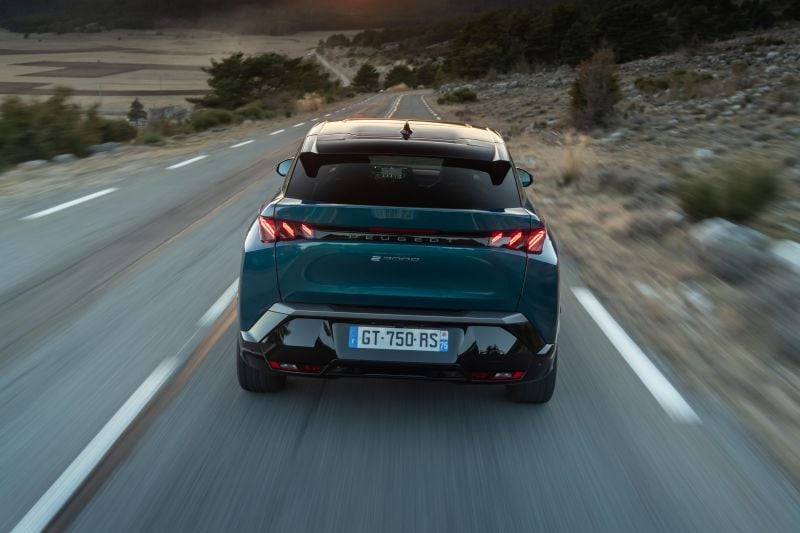
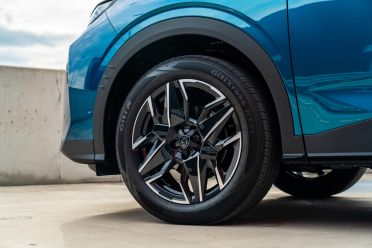
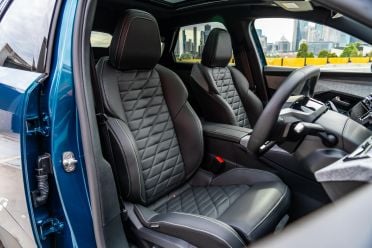
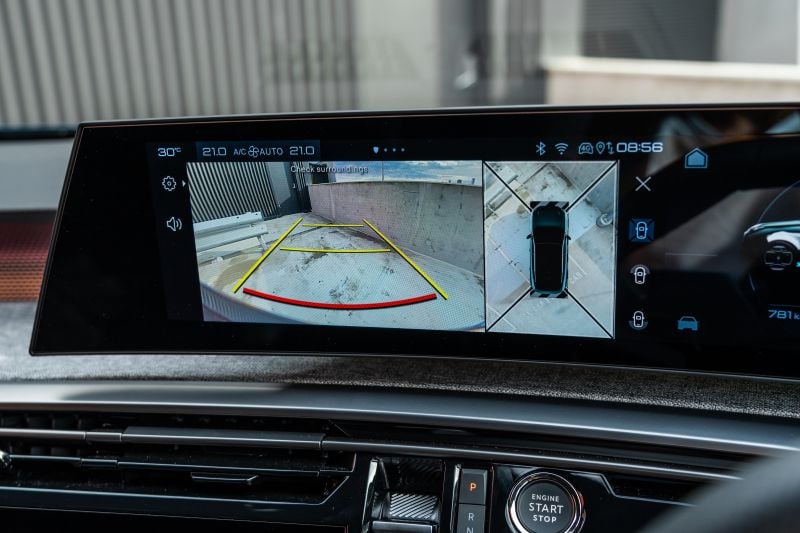
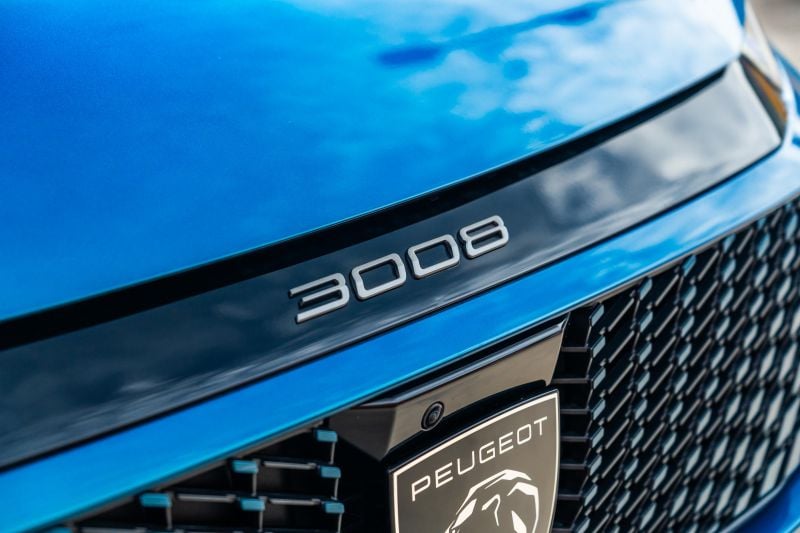
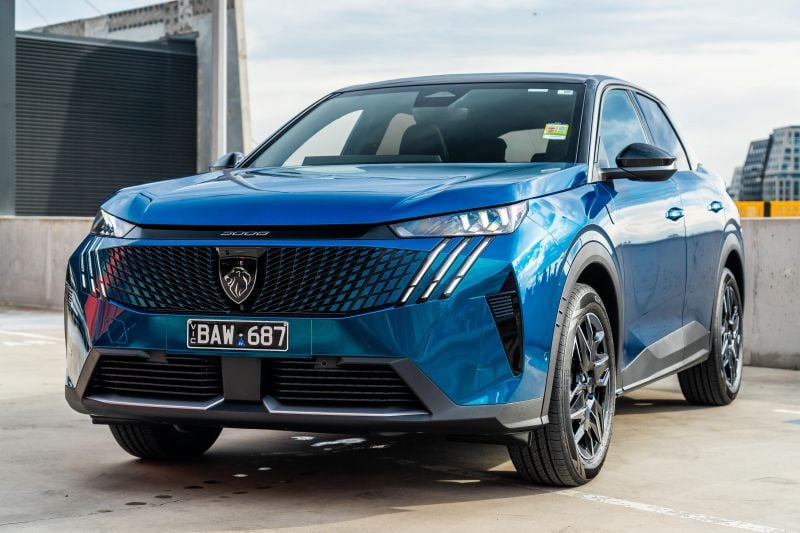
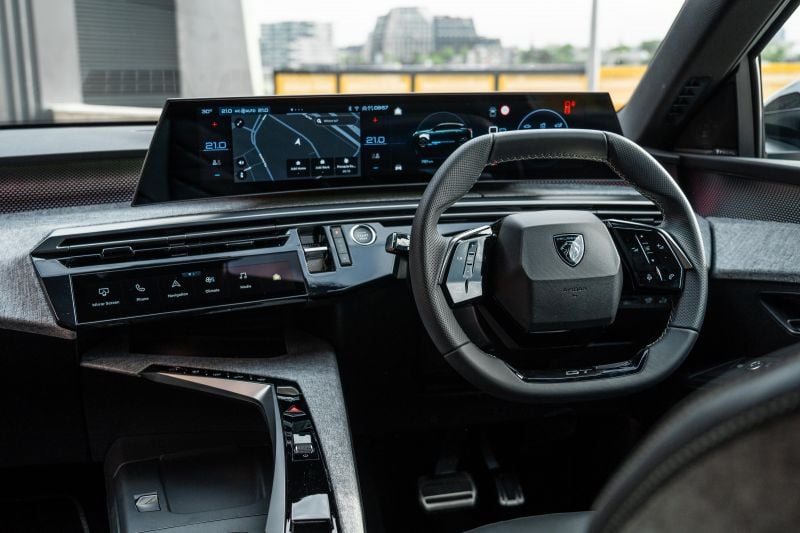
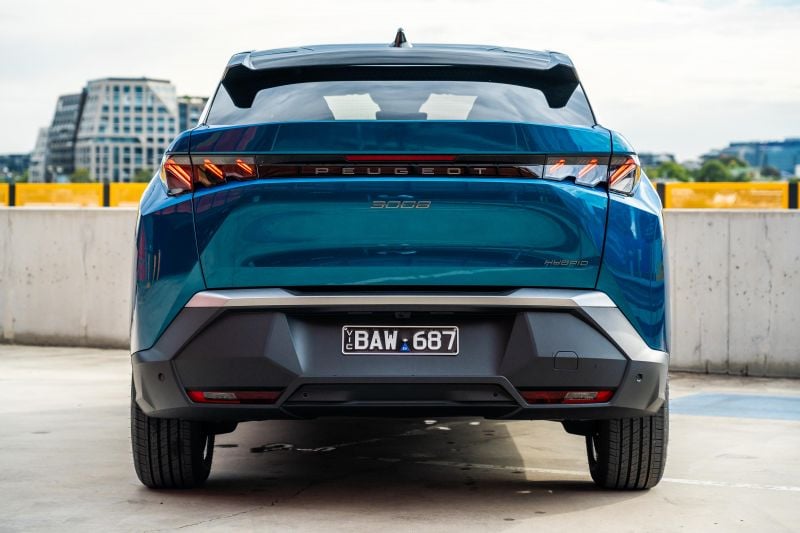







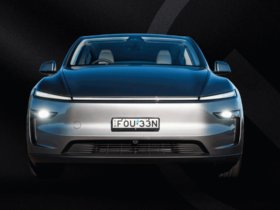

Leave a Reply